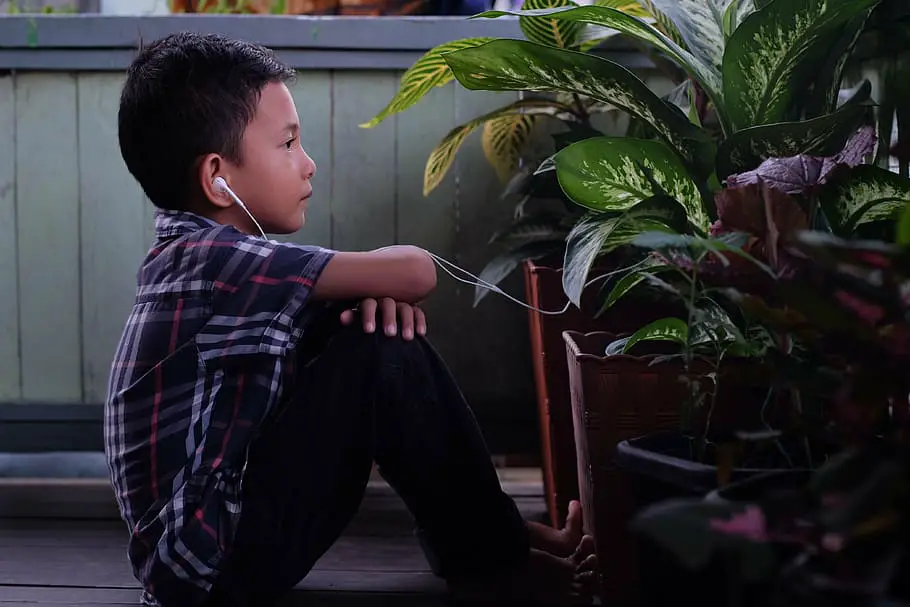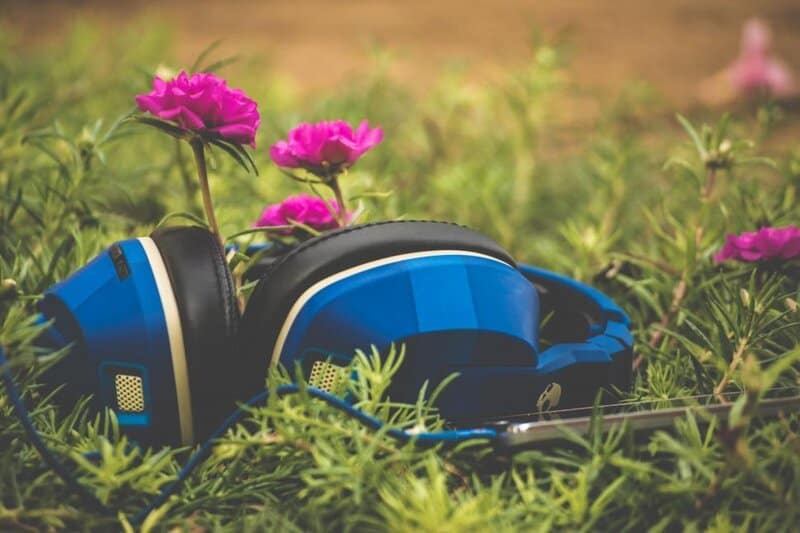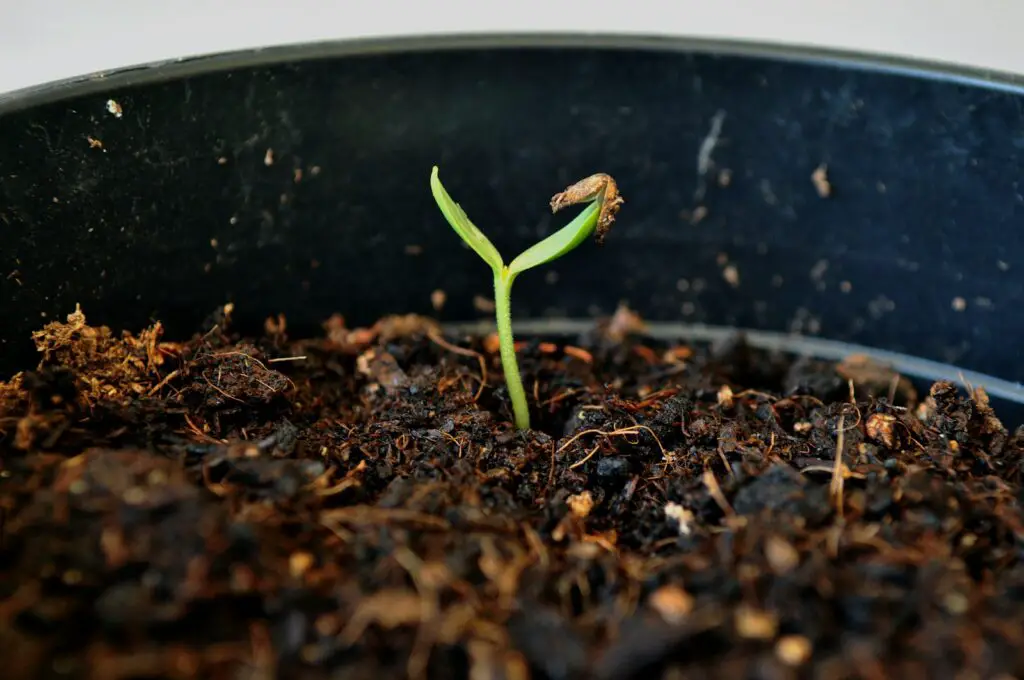Recent scientific breakthroughs have uncovered a stunning truth:
plants emit ultrasonic sounds when they are under stress,
especially during events like drought or being cut.
These high-pitched noises are completely inaudible to the human ear.
However, with the help of advanced audio technology,
researchers can now detect and analyze these mysterious signals.
This discovery is reshaping our understanding of how plants perceive and respond to their surroundings,
raising fascinating questions about plant communication and the silent world right beneath our noses.
1. Discovery of Plant Ultrasonic Sounds

Scientists at Tel Aviv University made a remarkable breakthrough using highly sensitive microphones.
They detected ultrasonic clicks emitted by plants experiencing stress,
such as when they were cut or deprived of water.
These sounds, ranging from 20 to 100 kHz, travel several meters through the air—far beyond our auditory abilities.
This finding marks the first solid evidence of airborne sound emissions from distressed plants.
Read more from Nature
2. What Triggers Plant ‘Screams’?

Plants tend to emit significantly more ultrasonic sounds when subjected to drought, physical harm, or injury—especially cutting.
The louder and more frequent these signals become, the greater the plant’s distress.
This pattern of acoustic response has been observed in a diverse range of plant species, suggesting it’s a widespread phenomenon in the plant kingdom.
See coverage from Scientific American
3. Not Actually Screaming—Understanding the Sounds

While often called ‘screaming,’ these plant sounds are not conscious cries for help.
They likely result from cavitation—the process where air bubbles form and collapse in the xylem as water moves through the plant.
So far, there’s no evidence that these noises are a form of intentional communication.
More from BBC
4. How Are These Sounds Detected?

Researchers employ ultra-sensitive microphones and specialized recording devices, carefully shielded from background noise.
This advanced equipment can distinguish plant-generated clicks from other environmental sounds,
providing accurate data for scientific analysis.
Such technology is essential for studying these subtle phenomena in detail.
Learn about the technology from The Guardian
5. Which Plants Have Been Studied?

Researchers have tested a variety of plants, including tomatoes, tobacco, corn, and cacti.
Each species produced ultrasonic sounds when exposed to stress, but the specific patterns and frequencies varied between them.
These findings indicate that stress-induced sound emission could be a common trait across many plant types.
See original study in Cell
6. Why Can’t Humans Hear These Sounds?

Humans hear frequencies between 20 Hz and 20 kHz, while plant-emitted sounds are mostly in the ultrasonic range—well above our limits.
This makes them impossible to detect without advanced tools.
Interestingly, many animals, such as bats and rodents, can perceive these high-frequency signals.
Read about human hearing limitations from NIH
7. Do Other Animals Detect Plant Sounds?

Certain animals—including mice, bats, and various insects—have the ability to hear ultrasonic frequencies.
Scientists speculate that these creatures might actually perceive and respond to the sounds emitted by stressed plants.
For instance, some herbivorous insects could potentially avoid plants that are “screaming,”
influencing ecological interactions in subtle ways.
See related research at Science News
8. Cavitation: The Mechanism Behind the Noise

Cavitation happens when air bubbles form and collapse inside a plant’s water-conducting vessels, especially during periods of water stress.
This process produces tiny, rapid vibrations that escape as ultrasonic clicks.
Cavitation has long been studied in plant physiology, now offering a clear explanation for these mysterious plant sounds.
Further reading from Frontiers in Plant Science
9. How Cutting Triggers Plant Sounds

When a plant is cut, the physical injury leads to a surge of cavitation events.
This results in a burst of ultrasonic clicks, making freshly cut stems noticeably louder than healthy, uncut ones.
The immediate stress response highlights just how sensitive plants are to damage.
See details at Smithsonian Magazine
10. Differences Between Plant Species

Although a wide range of plants emit ultrasonic sounds under stress, the pattern, frequency, and intensity of these noises vary between species.
For example, tomato plants produce more frequent and noticeable clicks than cacti.
These differences likely reflect unique anatomical structures and water transport systems in each plant.
Cell article on plant sound variation
11. Are Plants Communicating?

Although plants produce ultrasonic sounds when stressed, there is no solid evidence that they do so intentionally or for communication.
Some scientists suggest that other plants or animals may be able to detect and respond to these signals, but this remains speculative.
Further research is necessary to determine whether these sounds serve any communicative role.
Explore Science ABC’s explanation
12. Implications for Agriculture

Acoustic detection of plant stress holds exciting potential for modern agriculture.
By monitoring these ultrasonic emissions, farmers could assess crop health in real time and address issues such as drought or pest attacks before they escalate.
This approach may lead to improved yields, smarter irrigation, and more efficient use of resources.
Read about agricultural applications at New Scientist
13. Comparing to Animal Sounds

Plant sounds differ greatly from animal vocalizations, as plants lack a nervous system or voice box.
Instead, these noises are involuntary, more like a reflex than a deliberate signal—similar to a knee-jerk reaction in animals.
This highlights the unique, passive nature of plant sound emissions.
See comparison on Science Focus
14. How Plants Respond to Other Stressors

In addition to cutting and drought, plants emit distinct ultrasonic sounds when faced with infection, high salt concentrations, or extreme temperatures.
Each type of stress produces a unique acoustic signature, offering researchers valuable clues about what a plant is experiencing.
This could help in diagnosing issues and tailoring interventions.
Review from PNAS
15. Evolutionary Perspective

Whether ultrasonic sound emission offers any evolutionary advantage to plants remains a mystery.
Some researchers speculate it could be a mere byproduct of internal processes, while others suggest that “screaming” might inadvertently alert herbivores’ predators, offering indirect protection.
The true significance of these sounds in plant evolution is still being explored.
See evolutionary speculation at The Conversation
16. Debates and Misconceptions

Sensational headlines often describe plant sounds as intentional “screaming,” but this is misleading.
Scientists urge caution, reminding us not to anthropomorphize plant behavior.
These ultrasonic emissions are mechanical and non-conscious, not emotional outcries.
Accurate understanding is crucial for meaningful research and public awareness.
Read clarification from NPR
17. How This Changes Our Understanding of Plants

Recent discoveries about plant sound emissions challenge traditional ideas about plant life.
Despite lacking a brain or nervous system, plants demonstrate unexpectedly complex reactions to stress.
These findings encourage us to see plants as active participants in their environment, not merely passive organisms.
This new perspective opens exciting avenues for both science and philosophy.
Perspectives from The Atlantic
18. Potential for Early Warning Systems

Using ultrasonic monitoring, growers could receive instant alerts when plants experience dehydration or disease—long before symptoms become visible.
This proactive approach has the potential to transform greenhouse management, enabling better resource allocation and healthier crops.
Harnessing plant sounds could make plant care far more precise and efficient.
Details from Wired
19. Ethical Considerations

Growing knowledge of plant stress responses prompts new ethical questions in agriculture and gardening.
While plants do not “suffer” as animals do, recognizing their sensitivity may inspire changes in how we grow and harvest crops.
This evolving understanding could shape future agricultural practices and personal choices.
See opinions at The Guardian
20. How to Hear Plant Sounds Yourself

Curious to hear what plants “say” under stress?
Some research labs and online projects provide recordings of plant ultrasonic emissions, often slowed down for human hearing.
DIY enthusiasts can try capturing these sounds using specialized microphones and equipment at home.
Listen to samples at ScienceAlert
21. The Future of Plant Sound Research

The field of plant acoustics is in its infancy, with many mysteries left to solve.
Upcoming studies may reveal whether plants can perceive and respond to each other’s ultrasonic signals, or if these sounds influence ecological relationships.
Such insights could revolutionize agriculture and expand our understanding of plant behavior.
Overview at Nature
Conclusion

The revelation that plants emit ultrasonic sounds when under stress is profoundly shifting our view of the green world around us.
Although these “screams” are not conscious cries, their existence unlocks new insight into plant physiology and resilience.
This research not only holds promise for smarter agriculture but also deepens our curiosity about plant life.
As we continue to explore plant acoustics, we’re reminded of the complexity and wonder inherent in even the quietest living things.
Perhaps it’s time to listen more closely to the world we thought was silent.



Vielleicht interessiert es Sie:
Wussten Sie! Minensuchratten auf dem Schlachtfeld und sie sind super effektiv!
Wie viele Giraffenarten gibt es? Leben sie alle in Afrika?
Der Vogel ist das Weibchen der Vögel: wahr oder falsch?
Warum bauen Biber Dämme? Welchen Nutzen?
Warum leben manche Tiere nachtaktiv? Welche Vorteile?
Küssen Tiere? Ist das die gleiche Bedeutung wie Menschen?
200+ Hilarious Seahorse Jokes That Will Make You Smile and Giggle
200+ Funny Investment Jokes to Boost Your Financial Humor Game